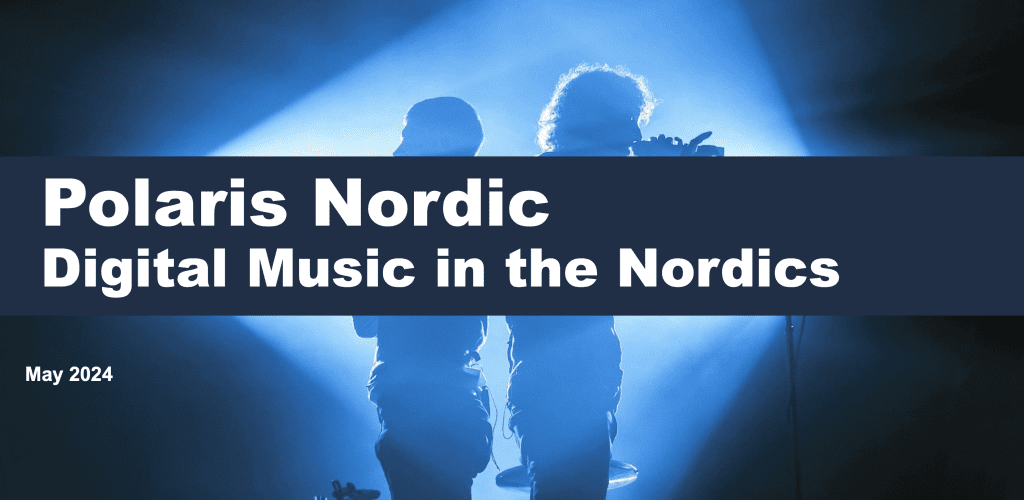Polaris Hub, the alliance of Nordic collection societies KODA (Denmark), TEOSTO (Finland) and TONO (Norway), has released the results of its 2024 Polaris Nordic Digital Music Survey.
Conducted by YouGov, the report surveyed 4,000 consumers across Denmark, Finland, Sweden and Norway. It shows a continued growth in music streaming across all countries, with digital streaming services now used by 95% of the Nordic population.
Subscription music streaming is also on the rise, with 55% of the Nordic population paying for at least one music streaming service, up from 53% in 2022 and 49% in 2020. Growth was strongest in Finland, up by 6 percentage points since 2022 to 41% of consumers. Sweden bucked this trend, with the proportion of paid subscribers actually decreasing from 59% to 56%, while free service users rose by five percentage points.
Nevertheless, the 55% of consumers who pay for music streaming services is still significantly lower than the proportion who pay for TV and movie streaming, which currently stands at 83% (up from 81% in 2022). This is in spite of the average Nordic consumer spending more time per day streaming music (3.6 hours) compared to TV and movies (3.1 hours).
YouTube remains the single most commonly used platform for listening to music, used by 67% of consumers. However, it has now been overtaken in popularity by Spotify in both Norway and Sweden, its home country. Spotify usage was up four percentage points across the Nordics since 2022, while YouTube has dropped by three percentage points.
Looking at Spotify in particular, despite the majority of users having used a paid version of the service over the past 12 months, this proportion showed no growth over the past two years. In fact, 32% of Spotify users surveyed had used its ad-supported service in the last year, up from 31% previously.
Other findings included the rise in TikTok as the fastest growing channel for music discovery, with 9% of respondents saying the last time they discovered a new song was through the short-form video platform, compared to 6% in 2022.
For 12-17 year olds, the figure for TikTok was as high as 36% in Norway and it was cited by the age group as the most common means of discovering new songs in all countries but Finland, where it shared first place with hearing the song played by a friend. TikTok was also where 18 – 29 year olds most commonly discovered new music in all countries but Norway, where it was overtaken by streaming service recommendations.
Meanwhile, the most popular way to consume music was through playlists users had created themselves (51%), whereas only 21% said they typically listened to playlists recommended by their streaming service, down to 13% for music automatically played by the service after finishing a track or album.
For the first time, this year’s market survey also explored consumers’ attitudes towards AI and music creation. One in five Nordic consumers said that they used AI in their everyday lives, reaching as high as 26% in Norway. While over a third were accepting of AI playing at least some role in music creation, 64% believe it is important for humans to be involved in making music.
There was agreement among the majority of respondents in all countries that streaming services should label AI-generated music as such (58% overall), while an even greater proportion (69%) believed that artists and music creators should be asked and paid if their voice or work is used by AI to create new music, highest at 76% in Finland.
Erik Brataas, CEO Polaris Hub, says, “This year’s report spotlights the Nordics’ enduring importance for the music industry’s future. On the technology front, with the rise of AI in music, we were delighted to see that a majority of Nordic consumers (69%) recognise that music creators should be both asked and paid if their music is utilised by AI technology. We were also pleased to note the continuous growth of paying subscribers, even in our mature home markets, showing a willingness to pay despite price increases on DSPs. These trends signal a positive outlook for creators and rights-holders across the Nordic music scene.”
The report in full is available here.

